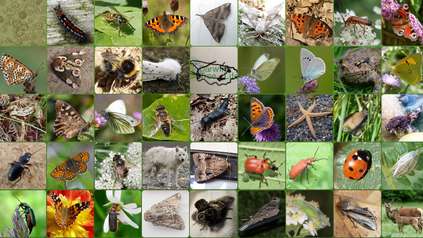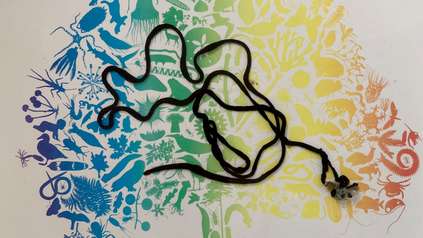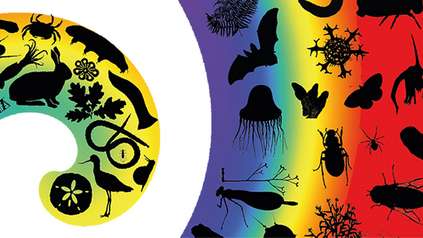New centre to explore links between organisms and their microbiomes
Sanger Institute researchers will be part of a new collaboration to map the associations between microbes and higher organisms at the Centre for the Holobiont, which has been awarded funding over ten years by the Leverhulme Trust. Researchers will use this starting point to answer applied questions in biology, agriculture, and sustainability.
The Centre will be led by Imperial College London, with partners at Sanger, EMBL’s European Bioinformatics Institute (EMBL-EBI), the Natural History Museum, Royal Botanic Gardens Kew, the Centre for Agriculture and Bioscience International, the Rosalind Franklin Institute, the Mary Lyons Centre, ZSL London Zoo, and the Tara Oceans Consortium.
‘Holobiont’ is a term given to a larger organism, such as a human, animal or plant, and its associated community of microbes. Many of these microbial communities, often called microbiomes, are relied upon by the host organism, for example the ‘good bacteria’ that live in our guts and keep us healthy.
Better understanding of holobionts could help to avert declines in biodiversity. For example, animals in zoos may lose some of the microbes they are normally associated with, and restoring them could help when reintroducing them to the wild to boost biodiversity.
Other threats to wild organisms are also known to be down to their microbes. For example, coral bleaching and die-offs are triggered by high temperatures that cause essential microbes to disassociate from the coral host, causing substantial disruption to the local marine ecosystem.
Teams working in this area will include those looking at the impact of pesticides on the holobiont of bees, and how the skin microbes of some amphibian species may help them fight off a deadly fungus sweeping the world.
“There is growing recognition that microbes are essential for life, including providing protection against disease, and that the combination of organism and their microbes should be thought of as systems – a holobiont – rather than as individual entities in isolation. Given how essential these systems are, by understanding how organisms and microbes support one another we can manipulate the relationship to save species from extinction, grow crops more efficiently, and a host of other applications we can’t predict.”
Professor Thomas BellDirector of the new Centre from the Department of Life Sciences, Imperial College London
The second main strand of holobiont research aims to support a new sustainable Green Revolution in agriculture. Plants also combine with microbes to form unique holobionts, largely through cooperative microbes in their roots that take in nutrients from the surrounding soil and pass them to the plant.
Mapping these holobionts could help researchers manipulate them, creating crops that pull more nutrients in, reducing fertiliser use, or that are better able to resist pathogens, reducing pesticide use. This could allow bioengineers to create new crop holobionts that are more efficient, rather than focusing on just the crop plant or the microbes alone.
“While much of nature evolves ‘red in tooth and claw’, cooperation and collaboration between species plays important roles in individual health, in ecosystem resilience and in generation of biodiversity. As part of the Centre for the Holobiont, Sanger will contribute sequencing and computational power to generate reference genomes for ecosystems and species where cooperation seems to occur, in order to help us better understand this fascinating area of biology.”
Professor Mark Blaxter Director of the Tree of Life Programme, Wellcome Sanger Institute
More information
Leverhulme Trust Centres: Leverhulme Trust invests £30 million in new UK Research Centres





